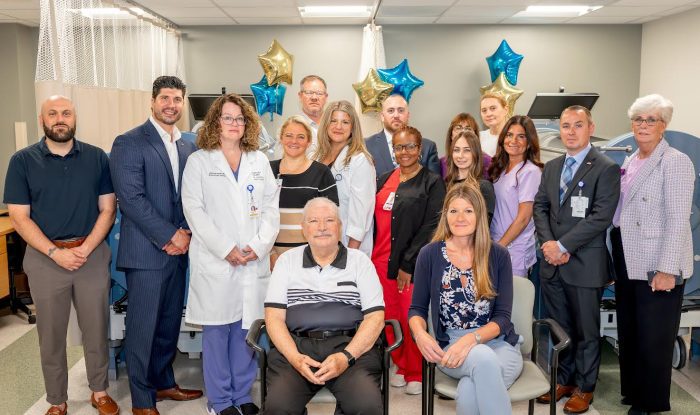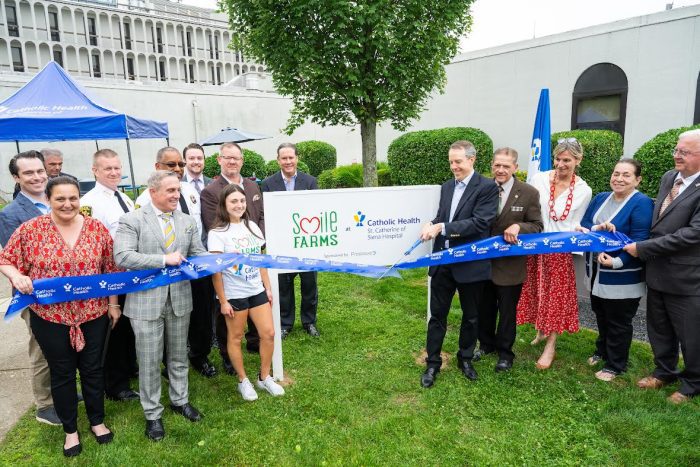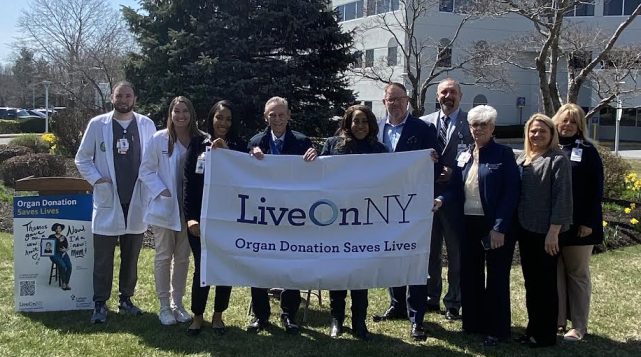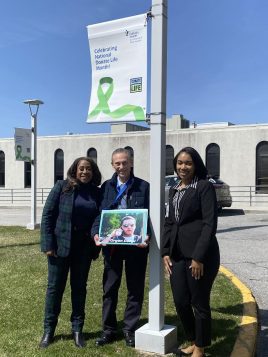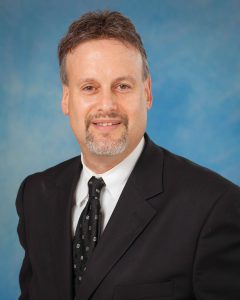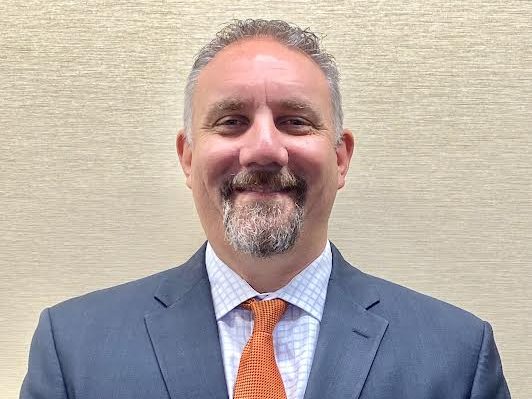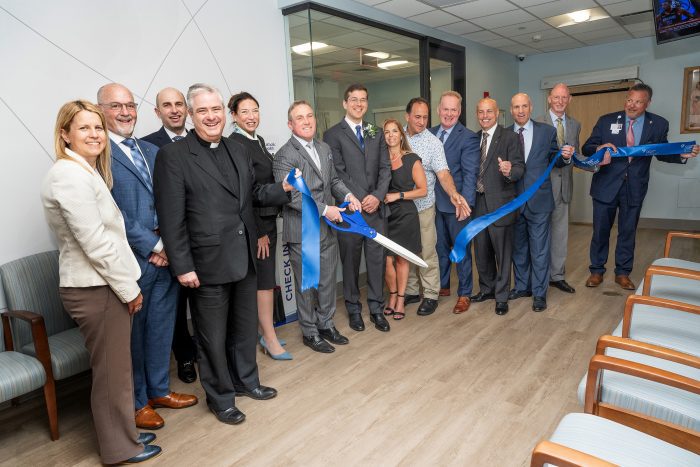Catholic Health’s St. Catherine of Siena Hospital recently celebrated a 10-year anniversary of offering hyperbaric oxygen therapy (HBO) at its Center for Hyperbaric Medicine & Wound Healing. The Center, in partnership with RestorixHealth, offers comprehensive care for chronic and complex wounds.
“We are proud to reach this significant milestone of providing innovative wound care services to our community,” Lisa Marie Terrana, MD, the Center’s medical director. “Every day, our multidisciplinary team of specialists utilize evidence-based therapies and leading-edge technologies to help our patients recover from a wide range of serious wounds and return to their normal lives.”
Theodore “Ted” Corn, 78, an Army Veteran, 38-year volunteer with the Deer Park Fire Department and dedicated community member, was enjoying an active lifestyle before discovering blood in his urine. Previously treated for prostate cancer, Mr. Corn was suffering from side-effects of chemotherapy and radiation, forcing him to take a medical leave of absence from his security job. Mr. Corn was then referred to St. Catherine’s Center for Hyperbaric Medicine & Wound Healing for HBO therapy – a treatment in which a patient breathes 100% pure oxygen while inside a pressurized chamber to activate white blood cells and increase the flow of oxygen to organs and tissues to promote wound healing.
Mr. Corn underwent two-hour HBO therapy sessions five days a week, noticing remarkable improvement in just one week. After 30 sessions, he experienced a complete resolution of symptoms.
“HBO therapy allowed us to not only stop Mr. Corn’s bleeding, but also alleviate his pain,” said Anthony Lombardo, the Center’s safety director and hyperbaric oxygen technician. “We’re pleased that our services have helped improve the health and quality of life of Mr. Corn and so many others.”
Mr. Corn expressed his gratitude for the care he received, saying “They really know their business, the therapy has done its job and everybody was very nice to me. If somebody has a wound, this is the best thing for them.” Mr. Corn is looking forward to returning to his job and the community activities he treasures.
HBO therapy treatment can also be beneficial for breast cancer survivors who have scar tissue. Madilyn Makboulian began HBO treatment at St Catherine of Siena Hospital in April 2019 and underwent one month of daily treatments. The treatment significantly helped to heal breast scar tissue.
Ms. Makboulian said of the care received at St. Catherine’s, “I had a great experience at the Center, as all of the staff were very pleasant and accommodating. They were caring and understanding of the situation I was dealing with.”
For more information about St. Catherine of Siena Hospital’s Center for Hyperbaric Medicine & Wound Healing or to schedule an appointment, call (631) 784-7200.
###
About Catholic Health
Catholic Health is an integrated system encompassing some of the region’s finest health and human services agencies. The health system has over 17,000 employees, six acute care hospitals, three nursing homes, a home health service, hospice and a network of physician practices. Under the sponsorship of the Diocese of Rockville Centre, Catholic Health serves hundreds of thousands of Long Islanders each year, providing care that extends from the beginning of life to helping people live their final years in comfort, grace and dignity.

